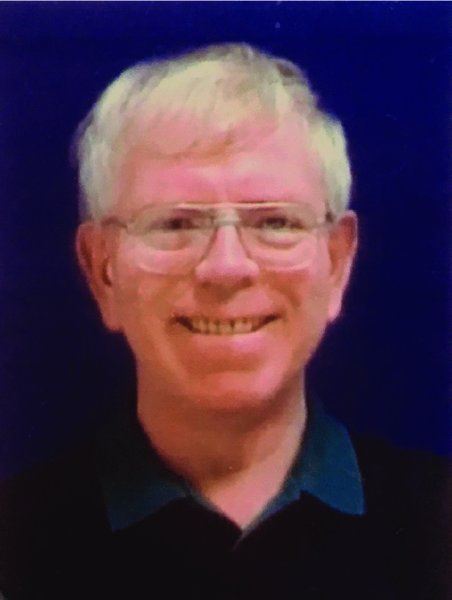Author's preface

We live in a technological age where energy plays a central role. Because of its importance, issues regarding the availability and cost of energy and the environmental impact are never far from the daily news. This book describes the main sources of energy that are available to us together with the underlying physics that governs them. In particular, it deals with nuclear power, solar power, wind power, wave and tidal power. The book also describes the ways in which energy can be stored for future use. Studying the physics of energy sources has various advantages. First, such a study encompasses a wide range of physics from classical physics to quantum physics. In this way it supports other undergraduate courses in the physical sciences and engineering. Secondly, energy sources represent real applications of fundamental physics, and although energy sources are being continuously developed, the underlying physics that governs them remains the same. The book is addressed mainly to science and engineering students, who require knowledge of the physical principles governing the operation of energy sources. It is based on an introductory 24-lecture course entitled “Physics of Energy Sources” given by the author at the University of Manchester. The course was attended by first- and second-year undergraduate students taking physics or a joint honours degree course with physics, but it should also be useful for students on engineering and environmental science degree courses. The book covers the topics given in the course although it amplifies the material delivered in the lectures. A basic knowledge of differentiation and integration is assumed and simple differential equations are used, while undue mathematical complication and detail are avoided.
The organisation of the book is as follows. Chapter 1 deals with energy consumption and outlines the main energy resources available to us and the physical characteristics of energy sources. The transformation of energy from one form to another is considered, together with the role of energy storage. Chapter 2 deals with the properties of the atomic nucleus, nuclear forces and radioactivity, and forms a foundation for the understanding of nuclear fission and nuclear fusion. These are dealt with in Chapter 3, which describes how we get energy from the nucleus, by both the fission of heavy nuclei and the fusion of light nuclei. Chapter 4 describes the origin and properties of solar radiation, its interaction with the Earth and how thermal energy can be harvested from sunlight. The conversion of thermal energy into mechanical energy is also discussed. Chapter 5 is devoted to semiconductor solar cells and includes a description of the band structure of semiconductors and the action of the p–n junction. Chapter 6 deals with the harnessing of wind power by wind turbines and introduces the elements of fluid mechanics. Chapter 7 describes water power in its various forms, including hydroelectric power, wave power and tidal power. This includes a discussion of wave motion and also the origin of the tides. Chapters 4, 5, 6 and 7 are thus about renewable energy sources. Finally, Chapter 8 describes various ways in which energy can be stored for future use. Fossil fuels are not dealt with explicitly. However, these fuels are usually used to produce thermal energy that drives steam turbines. In this respect, they have much in common with, for example nuclear power, where again the energy is first converted into thermal energy to drive steam turbines, and similar thermodynamic principles apply.
Worked examples are included in the text. In addition, each chapter is accompanied by a set of problems that form an important part of the book. These have been designed to deepen the understanding of the reader and develop their skill and self-confidence in the use of the physics. Hints and solutions to these problems are given at the end of the book. It is, of course, beneficial for the reader to try to solve the problems before consulting the solutions.
I am particularly indebted to Fred Loebinger who was my editor throughout the writing of the book. He read the manuscript with great care and physical insight and made numerous and valuable comments and suggestions. I am grateful to the members of the Manchester Physics Series Editorial Board – Fred Loebinger, Helen Gleeson, Jeff Forshaw and Jenny Cossham – for helpful suggestions regarding the content and organisation of the book. I am also grateful to my colleagues David Binks, Mark Dickinson and Jeff Forshaw for valuable and enlightening discussions about various topics in physics, and to Michele Siggel-King for constructing some of the figures.
George C. King
January 2017